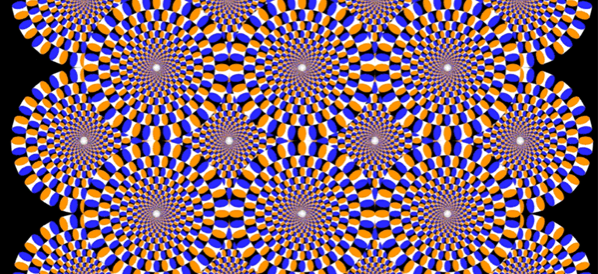 65 Términos
65 TérminosInicio > Términos > Filipino (TL) > pormalismo
pormalismo
In general, the term formalism describes the critical position that the most important aspect of a work of art is its form, that is, the way it is made and its purely visual aspects, rather than its narrative content or its relationship to the visible world. In painting therefore, a formalist critic would focus exclusively on the qualities of colour, brushwork, form, line and composition. Formalism as a critical stance came into being in response to Impressionism and Post-Impressionism (especially the painting of Cézanne) in which unprecedented emphasis was placed on the purely visual aspects of the work. In 1890 the Post-Impressionist painter and writer on art, Maurice Denis, published a manifesto titled Definition of Neo-Traditionism. The opening sentence of this is one of the most widely quoted texts in the history of modern art: 'Remember, that a picture, before it is a picture of a battle horse, a nude woman, or some story, is essentially a flat surface covered in colours arranged in a certain order. ' Denis emphasised that aesthetic pleasure was to be found in the painting itself not its subject. In Britain formalist art theory was developed by the Bloomsbury painter and critic Roger Fry and the Bloomsbury writer Clive Bell. In his 1914 book Art, Bell formulated the notion of significant form, that form itself can convey feeling. All this led quickly to abstract art, an art of pure form. Formalism dominated the development of modern art until the 1960s when it reached its peak in the so-called New Criticism of the American critic Clement Greenberg and others, particularly in their writings on Colour Field painting and Post Painterly Abstraction. It was precisely at that time that formalism began to be challenged by Postmodernism.
- Parte del discurso: sustantivo
- Sinónimo(s)
- Blosario
- Industria/ámbito: Historia del arte
- Categoría: Historia del arte general
- Company: Tate
- Producto:
- Acrónimo-Abreviatura:
Otros idiomas:
Comentarios de otros usuarios
Términos en las noticias
Temas relacionados
optikal na ilusyon
Isang optical ilusyon (tinatawag din na isang visual ilusyon) ay isang maling pagdama ng katotohanan sa mga na ang paningin pinaghihinalaang mga imahe ...
Contribuidor
Glosarios destacados
Bagar
0
Términos
64
Blosarios
6
Seguidores
Best Dictionaries of the English Language
 4 Términos
4 Términos
Browers Terms By Category
- American culture(1308)
- Cultura popular(211)
- General culture(150)
- Personas(80)
Cultura(1749) Terms
- Festivales(20)
- Fiestas religiosas(17)
- Fiestas nacionales(9)
- Celebraciones(6)
- Fiestas no oficiales(6)
- Vacaciones internacionales(5)
Vacaciones(68) Terms
- Medios de comunicación(480)
- Internet(195)
- Motores de búsqueda(29)
- Juegos en línea(22)
- E-commerce(21)
- SEO(8)
Servicios en línea(770) Terms
- Lubricantes industriales(657)
- Grúas(413)
- Equipamiento laser(243)
- Cintas transportadoras(185)
- Tornos(62)
- Equipo de soldadura(52)
Maquinaria industrial(1734) Terms
- Cerámica(605)
- Bellas artes(254)
- Escultura(239)
- Arte moderno(176)
- Pintura al óleo(114)
- Abalorios(40)




